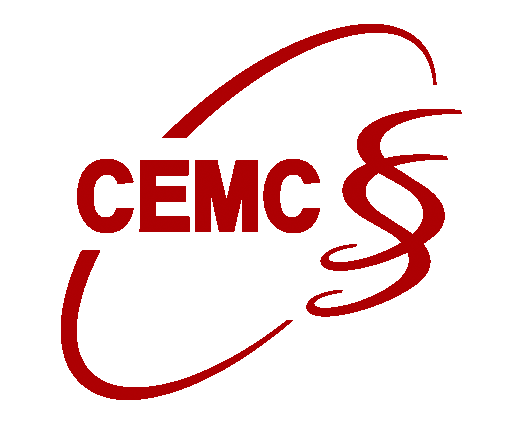

Advanced Search
Add new
Update
Impact Factor3.4
|
Five-year Impact Factor3.5
|
{{lang == 'en_US' ? 'CSCD Impact Factor' : 'CSCD影响因子'}}0.4353
|
CiteScore 20225.6
|
Editor-in-ChiefDing, Jianping
Antitumor potential of polyamines in cancer
He Liu, Yi Liu, Xinyue Wang, Zhiwen Xiao, Quanxing Ni, Xianjun Yu, and Guopei Luo
Polyamine metabolism, frequently dysregulated in tumors, represents a promising therapeutic target in cancer. Oncogenic mutations in genes such as MYC, KRAS, BRAF, and TP53 drive the reprogramming of polyamine synthesis, catabolism, and transport, sustaining high intracellular polyamine levels that promote tumor proliferation. Anticancer strategies include inhibiting key enzymes like ornithine decarboxylase (ODC) with agents such as DFMO, or targeting the polyamine transport system (PTS) to deplete intracellular polyamines. Interestingly, polyamine supplementation also exhibits antitumor potential by enhancing immune responses, such as CD8+ T cell function, or activating pathways like cGAS-STING. Combining polyamine-targeting therapies with immunotherapy or downstream inhibitors may improve clinical outcomes. This review highlights the dual role of polyamines in tumor progression and immunity, underscoring their potential in developing novel cancer treatments.
This cover is designed by Yinxi Zhou and Jianfeng Jin from Hainan Medical University.

Impact Factor3.4
Five-year Impact Factor3.5
{{lang == 'en_US' ? 'CSCD Impact Factor' : 'CSCD影响因子'}}0.4353
CiteScore 20245.6
Editor-in-ChiefDing, Jianping
Ding, Jianping
Ding, Jianping
Cover Story
Antitumor potential of polyamines in cancer
He Liu, Yi Liu, Xinyue Wang, Zhiwen Xiao, Quanxing Ni, Xianjun Yu, and Guopei Luo
Polyamine metabolism, frequently dysregulated in tumors, represents a promising therapeutic target in cancer. Oncogenic mutations in genes such as MYC, KRAS, BRAF, and TP53 drive the reprogramming of polyamine synthesis, catabolism, and transport, sustaining high intracellular polyamine levels that promote tumor proliferation. Anticancer strategies include inhibiting key enzymes like ornithine decarboxylase (ODC) with agents such as DFMO, or targeting the polyamine transport system (PTS) to deplete intracellular polyamines. Interestingly, polyamine supplementation also exhibits antitumor potential by enhancing immune responses, such as CD8+ T cell function, or activating pathways like cGAS-STING. Combining polyamine-targeting therapies with immunotherapy or downstream inhibitors may improve clinical outcomes. This review highlights the dual role of polyamines in tumor progression and immunity, underscoring their potential in developing novel cancer treatments.
This cover is designed by Yinxi Zhou and Jianfeng Jin from Hainan Medical University.
Edit
Abstract
Cover Image

Edit
Editorial Office Address
Room 407, building 31B
319 Yueyang Road, Shanghai 200031













